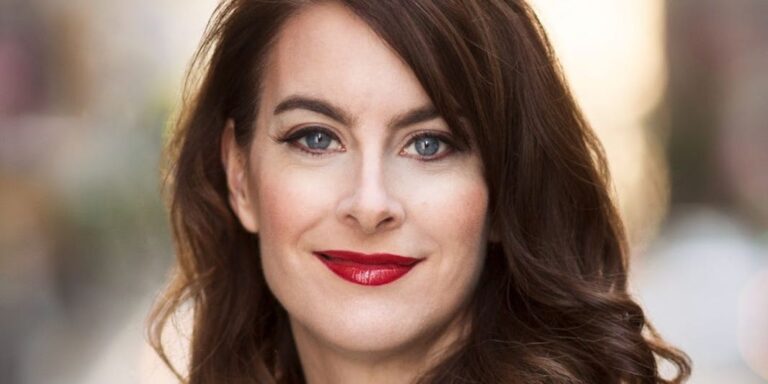YouTube is enlisting the help of an army of creators to grow its shopping business.
Bridget Dolan, managing director of YouTube Shopping Partnerships, told BI that the platform's biggest advantage is its user experience and the resources it can provide creators.
Dolan said the YouTube Shopping user experience is more interactive than other programs. Built directly into the platform, viewers can typically see products and prices below YouTube videos without having to find other affiliate links and search through a sea of links in the video description.
YouTube also has a dedicated partner manager who is in touch with shopping creators on a weekly basis to troubleshoot, share best practices and plan in-person and virtual events, Dolan said.
Shopping has always been at the core of YouTube, with tech, beauty, and fashion creators making millions of dollars promoting their favorite products. Last year, people watched more than 30 billion hours of shopping-related videos on YouTube, and watch time for shopping-related videos on YouTube increased by 25%, the company said.
YouTube wants to build on this by making it easier for people to shop and for creators to earn commissions.
“This is the foundation of what YouTube has always been,” Dolan said. “Our feature was that viewers were like, 'Wait, what is this product?' And then when they left the video, they were like, 'Oh, how much is this?' or, 'Oh, it's out of stock.' .”
What makes YouTube different from other programs?
YouTube has released a number of new features to differentiate the program and improve the affiliate experience for creators.
In April, the company released Shopping Collections, a way for creators to group the products and other links they use most often. The YouTube app's affiliate hub lists potential shopping partners, commission rates, promo codes, and options to request samples from brands. A tool to tag products across multiple videos at once. It also includes the ability for creators to tag their own products and products across the video library.
Dolan also said that YouTube works more closely with creators than other programs.
Her team of YouTube Shopping Partner Managers helps creators with everything from which products and brands to link, to which products are selling well, to trending product search terms. The team acts as an intermediary between sellers and creators.
It also helps creators connect with brands beyond affiliate marketing. Through Affiliate Hub, brands can contact creators directly and offer them unique promotional codes and higher commission rates. Brands can also take the relationship a step further and partner with creators on paid campaigns through YouTube's Brand Connect or Shopping Partner Managers, adding another way for creators to earn money.
“This is helping our creators get noticed by brands and retailers,” Dolan said. “Their subscriber base may be small and it may not seem very impressive until you see how much they are achieving through affiliate marketing.”
Her team also hosts workshops on incorporating shopping into content, bringing together creators in person and virtually. YouTube has hosted events with retail executives, including the head of merchandising at Sephora, where Dolan previously served as senior vice president of new business.
How shopping teams measure success
To measure success in affiliate marketing, Dolan said his team looks at the amount of money flowing through the program and creator interests, such as the number of creators who sign up and their level of activity, and the selection and quality of sellers. . .
“They want data, they want conversations with us, and they love talking to brands themselves,” Dolan said of creators. “Other programs can say, “Here's what you look like. We're connecting you with more video.''
Still, the team doesn't expect it to completely replace other affiliate marketing channels used by creators. YouTube doesn't need exclusivity. Therefore, anyone who joins the program can continue to use other similar programs.
“YouTube Shopping is the idea of creators talking about the products they love and tagging them,” Dolan said. “That's what viewers want. They want the creator's perspective on the product.”


